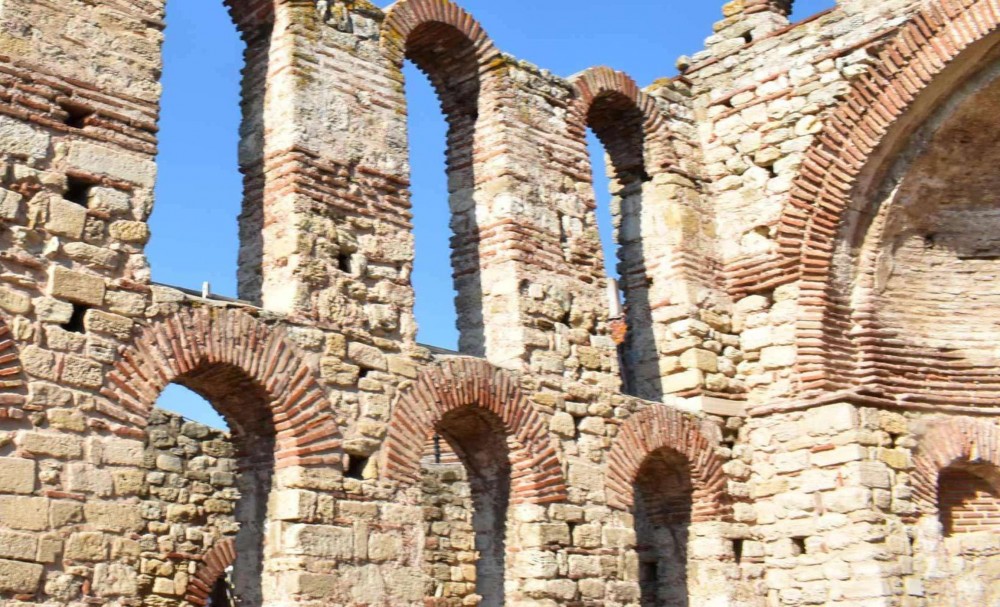
Bulgaria has a stable legislative practice in the field of cultural heritage. The beginning of the Bulgarian revival dates back to the second half of the 18th century. As in other Slavic countries, it is a period of the formation of the nation, enlightenment and development of culture. The first Bulgarian law of 1889 that governs these issues can rightfully be considered one of the oldest in Europe. Its action covers a wide range of protection of monuments — coins, historical documents and materials of verbal culture. The law consists of fifty articles, divided into three sections. The entry into force of the first “Law on the Search for Antiquities and the Support of Scientific and Literary Enterprises” in Bulgaria was a crucial step for further work in this direction. Over the 20 years of the operation of this Law, the first institutions were created to preserve the cultural heritage and protect the monuments of the richest Bulgarian cultural and historical history. The new European page in Bulgarian legislation on the preservation of cultural monuments marks the adoption of the Antiquities Act in 1911. Its authors are outstanding scientists and educators who have received higher education at major European universities. Therefore, the Law of 1911 was drawn up in accordance with the best European models of that time. The new law provides for the establishment of the Office for the Preservation and Protection of Antiquities. The categorical formulations of the Law on Antiquities contributed to the establishment of law and order in the field of discovery, preservation and demonstration of cultural monuments on Bulgarian lands. In the period after the Liberation from Turkish rule before World War II, legislation was created in Bulgaria that clearly formulated the goals, objectives and functions of museums, and formed a comprehensive structure for the protection of cultural heritage. Bulgaria has an exceptional archaeological heritage, which has a complex structure, carries unique information and is of high cultural value. This heritage is very vulnerable in modern conditions, both climatic and as a result of the existing construction load, especially in the centers of historical cities.
Source: Prysiazhniuk, O. (2021). History of formation basis for the protection of the cultural heritage in Bulgaria. Zaporizhzhia Historical Review. 4(56): 219-226
Source web-site: https://istznu.org/index.php/journal/article/view/2341/2182
Number of views: 1745